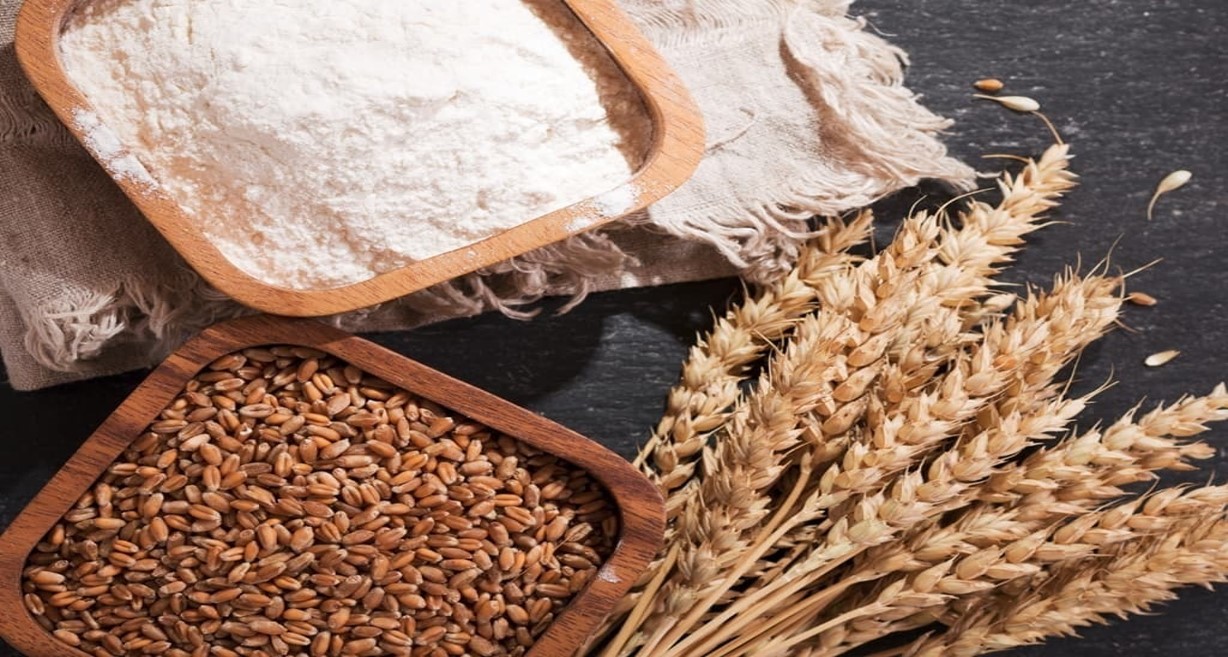All’s not well on the western front. According to USAID’s Early Warning Systems for Famines, by Dec-21 price of wheat grain and flour had increased by over 40 percent (YoY) in Jalalabad and Mazar-e-Sharif. Meanwhile, USDA forecasts indigenous wheat output of the western neighbour to fall by 12 percent over the preceding year. Is Afghanistan at the brink of a wheat shortage?
A severe bread shortage is no longer just a theoretical possibility. Although USDA places demand forecast lower than past two years, any decline in consumption may prove insufficient to make up for the projected supply shortfall. According to USDA database, Afghanistan meets as much as 40 percent of annual national consumption through imports. A 2013 strategy paper indicates that nearly all wheat and flour imported by Afghanistan originates from two neighbours – Pakistan and Kazakhstan. And both exporters are now slated to witness falling output of their own during the marketing year 2021-22.
USDA forecasts wheat output in the Central Asian republic to fall by over 16 percent compared to the previous year, from 14.2 million tons to 12 million tons. As a result, overall Kazakh wheat and flour (equivalent) exports are projected to reduce by over a million tons.
Meanwhile, provincial government of Punjab also confirmed over the weekend that it had missed the sowing target, with cultivation falling short by three percent over last year. Read alongside with the ongoing fertilizer crisis, many market participants are now certain that Pakistan may also face a fall in production. Recall that Pakistan imported 1.4 million tons of wheat during 2021, despite record output of 27+ million tons in the preceding season.

According ITC data, Pakistan is a junior trading partner of Afghanistan for wheat and flour, compared to Kazakhs whose share in grain trade is as much as 80 percent. In fact, much of the flour exported from Uzbekistan may in fact originate from Kazakhstan in the form of wheat grain.
However, unofficially Pakistan’s share in trade may be at par if not higher. The 2013 analysis showed a correlation of 0.85 between flour prices in Kabul and Peshawar. And for at least past two years, Pakistan has officially banned all export of wheat and flour; thus, the remainder grain trade squarely lies in the unofficial/informal territory.
Although global tradable surplus for wheat is slated to rise during 2021-22 by as much as four percent, much of the growth was initially projected to originate from EU and Ukraine. But with the borders heating up in Eastern Europe, surplus producers may become cautious exporters, focusing on reserve building at home.
The wild card in the global wheat arena could be an aggressive entry by India in the export market, given the country’s massive reserves/carryover inventory, which have doubled from 13 million tons to 27 million tons between 2018 and 2021. Timely policy decisions on allowing regional trade – even if on purely humanitarian grounds – within South Asia could avert a disaster. But will it happen?
Courtesy: Business Recorder

